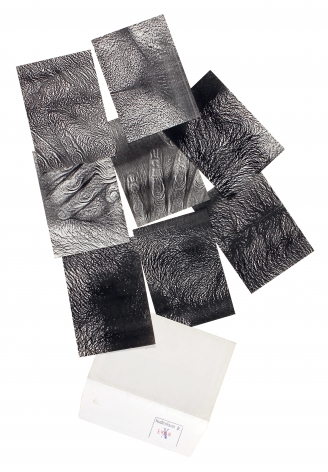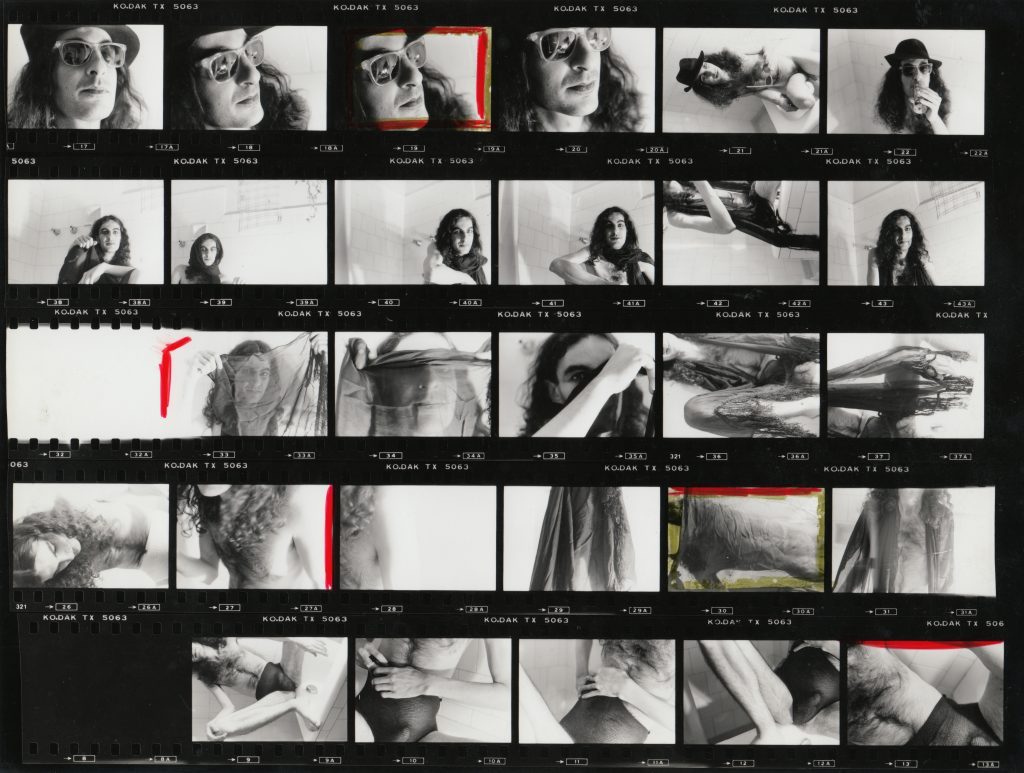The Original of: Hudinilson Jr. –part 2
Manuela Irarrázabal, Chile
20 February 2021

r
This is the second part of a two-part essay. Read the first part here.
III
On Twitter, Facebook, and YouTube, everyone is an expert; everybody is an artist on Instagram, and a cinematographer on Vimeo. The system of bubbles of ‘likes’ creates some of the conditions. Easy access to technology, good cameras, software and applications are the perfect complement to these platforms for the boom of images and image-lovers. Bloggers came first, and they did alter the order. Twenty years ago, journalists and writers complained that everyone could look like them without really being so, and schools of journalism carefully established the difference between blogging and authentic journalism –vlogging was just around the corner. One important signposting mechanism for establishing hierarchies of value, the dichotomy between original and copy, was collapsing.
This takes us back to Plato, who was outspoken about the risks imposed by the inability to discern what is real from what is not, what is opinion from what is knowledge. Hence his distaste for theatre, the art of representation –and we have to remember that his beloved Socrates was hugely distrustful about writing, a technology of ‘copying’, and potentially distorting, words, whose authenticity resides in utterance. Similarly, Seneca expressed concerns about the abusive use of mirrors by people of his time, both because of the distortion of reality and the inability to discern between what is real and what is an impression. The three of them were aware of how disruptive and impactful it is for society when the mechanisms of hierarchies are challenged. And it can be damaging.[1]
Anxieties about originality and authenticity are fuelled by the emergence of the fake: Fake News, Deepfakes, Cheap Fakes, and all media-fakes. The paradox is that the status of the original only acquires sense when faking is possible. We would hardly apply the category of ‘original’ to a politician’s video unless we knew that we could be in front of a cheap fake or similar. Yet the problem works in both directions: without meta-mechanisms to establish the real from the fake, anybody can claim to be in front of a fake as easily as anybody can claim to be an expert.
Hudinilson Jr. left us with a good question concerning the emergence of originals and fakes: self-knowledge or narcissism? Where is the boundary? Labelling politicians and millennials as narcissists has become a catchword in the media. A quick look at Facebook or Instagram and it’s easy to understand why. When Narcissus falls in love with his own image, he is not aware of being in front of a reflection, although perhaps he does not really care. It is the seriousness about it which is more concerning. Misinformation is a serious matter, do not get me wrong. However, it is another seriousness I am referring to. It is the seriousness about division, something close to what psychoanalysis calls the ‘Narcissism of minor differences’. Those who are in your own social media bubble of ‘likes’, those who confirm your opinions, your endeavours, your work, your choices are ‘real’, ‘authentic’, ‘original’, the others are the ‘fakes’ or the Fake News believers. The need for establishing what is original and what is copy is still operating, and the fear of the possibility of the fake strengthens the desire for the original.
Hudinilson Jr. left us with a better option. The fragility of the delineation between original and copy can be tool for creation and irreverence. A space for denunciation and protest about the borders operating in our hierarchies. The copy can distort, manipulate, and confuse—it can show us what we otherwise do not want to see.

Hudinilson Jr., Untitled, 1979. Courtesy Gallery Jaqueline Martins, São Paulo.
[1] ‘The Protocols of the elders of Zion’ was exposed as a hoax and ‘conspiracy theory’ in the early ’20 and still today circulates as ‘sound evidence’ among certain antisemitic groups.
